The future is here: Sixth-gen air dominance
How RTX is equipping the military airspace – for today’s fleet and tomorrow’s fight.
All images provided by CAE.
This Industry Spotlight is brought to you by CAE.

Technical Fellow, Artificial Intelligence
Defense & Security
CAE USA
Executive Summary: Recent, groundbreaking advancements in Artificial Intelligence (AI) are poised to revolutionise military training. Across the training and simulation community, we anticipate AI technologies applied throughout the military training ecosystem that will improve the quality of future training and reduce the cost and time necessary to develop and execute. As adversaries close the technology gap, these advancements will be crucial to ensure our warfighters remain the most lethal and best prepared in the world.
The modern battlefield demands adaptive and intelligent warfighters. AI offers unprecedented potential to revolutionise military training, enabling the development of agile and decisive forces. We explore specific AI applications that will have significant value, including creating enhanced training experiences through curriculum generation, enabling more robust training simulations through AI-generated intelligent agents, and personalising the training experience for the warfighter through dynamic adaptation and real-time student assessment.
A critical component of effective military training is the generation of high-quality content. This encompasses everything from traditional training materials like documentation and courseware to the development of engaging and interactive training exercises. Historically, creating this content has been a resource-intensive process, demanding significant time and financial investment. Developing immersive, interactive training experiences is particularly costly, with estimates suggesting up to 700 person-hours to produce a single hour of interactive material. This lack of scalability presents a significant obstacle to efficient and adaptable training programs.
Fortunately, AI has emerged as a powerful tool to address this challenge. This includes developing an optimised curriculum, generating diverse scenario content, and creating comprehensive student assessment materials. AI-supported content generation promises not only to reduce the time and cost associated with content development but also to enhance the quality and effectiveness of training materials. By leveraging AI, we can create more robust and impactful training experiences that better prepare warfighters for the complexities of the modern battlefield.
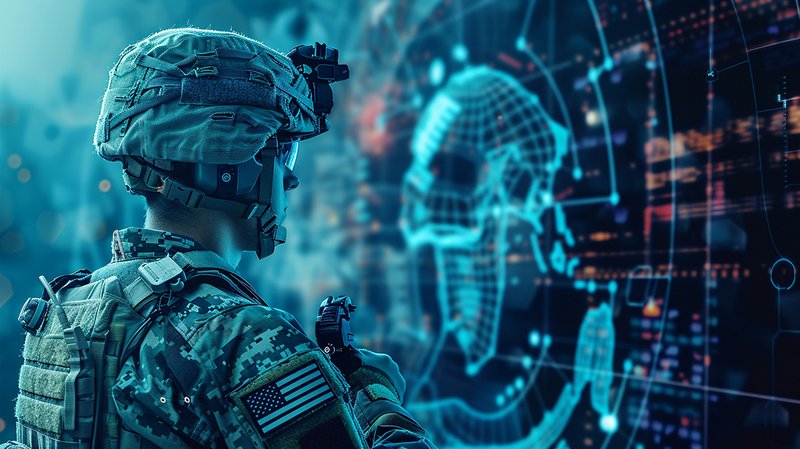
Live/Virtual/Constructive (LVC) simulation is a cornerstone of modern military training, allowing warfighters to rehearse missions and practice tactics in realistic, controlled environments. These simulations, especially at the operational and tactical levels, rely heavily on semi-automated forces to portray various roles. These roles include opposing forces (OPFOR), friendly support elements, and even non-kinetic entities that contribute to a realistic pattern of life within the simulated environment.
Traditionally, these roles were filled by human operators or rudimentary AI agents with limited autonomy. Developing intelligent agents capable of complex, unscripted behavior required extensive effort from skilled knowledge engineers, making the process time-consuming and expensive. However, recent breakthroughs in generative AI have transformed this landscape. These advancements allow for the rapid development and integration of robust intelligent agents capable of mimicking human-like decision-making and behavior. This translates to more complex and challenging training exercises with a fraction of the manpower previously required for support and control. By leveraging AI-driven agents, we can create dynamic and unpredictable scenarios that push warfighters to adapt and refine their tactics in a truly immersive training environment.
One of the most promising applications of AI in military training is the ability to personalise and adapt the learning experience to individual warfighter needs. This involves modifying the training curriculum dynamically and providing in-situ guidance during exercises based on real-time performance and competency assessments. AI algorithms can continuously monitor student progress, identify knowledge gaps, and adjust the training accordingly. This may involve modifying the complexity of tasks, providing targeted feedback and remediation, or suggesting alternative learning resources.
This approach mirrors the success of adaptive learning techniques in K-12 education, where personalised learning paths and AI-driven feedback mechanisms have significantly improved student outcomes and engagement. By applying similar principles to military training, we can ensure that every warfighter receives the individualised instruction and support needed to master critical skills and knowledge. AI empowers us to move beyond the one-size-fits-all approach to training and create a more efficient and effective learning environment tailored to the unique needs of each individual.
It's crucial to remember that artificial intelligence is not a singular technology but a diverse field encompassing a wide range of techniques and approaches. AI is currently experiencing a renaissance driven by powerful new methods and fueled by significant advancements in hardware performance. Developing the AI solutions described in this article requires expertise across multiple disciplines, including computer science, cognitive psychology, and educational theory. Moreover, the successful application of AI in military training hinges on the careful selection and implementation of the right AI tools for the right tasks. Each training challenge demands a unique approach, and understanding the strengths and limitations of different AI techniques is essential for optimising training outcomes.
The past five years have seen the most rapid advancement of artificial intelligence technologies since the inception of the term. While many of the most notable implementations have been within the commercial sector, we anticipate a rapid increase in the use of AI to support military training in the coming years, particularly in the areas highlighted in this article. As our adversaries close the technological gap that the US has historically enjoyed, enhancing the speed and quality of our training programs is more critical than ever. AI-enabled capabilities offer a powerful solution, and the time for exploration is over. We must embrace these tools and leverage their full potential to ensure our warfighters remain the most highly trained and equipped in the world.
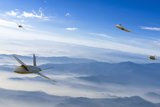
How RTX is equipping the military airspace – for today’s fleet and tomorrow’s fight.
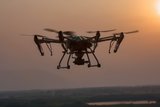
How strategic manufacturing partnership solves the industrialisation triad — Scale, Compliance and Cost — for hyper-growth defence tech innovators.
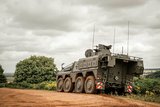
How does Britain ensure that we can preserve the lives of our soldiers and allies – now and in the future – with homegrown innovation and resilient domestic manufacturing? At Pearson Engineering, we are proud to be a central part of the answer to this increasingly important question.
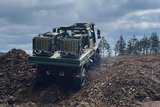
How Latvia is bolstering its territorial defences, industrial capacity and international cooperation with Dynamit Nobel Defence’s SKORPION2 Remote Mining System.

Barco’s story is one of constant evolution enabling more immersive, reliable, and future-ready training experiences.

The ACES 5 ejection seat from RTX’s Collins Aerospace introduces new, innovative and patented technologies to help save lives.